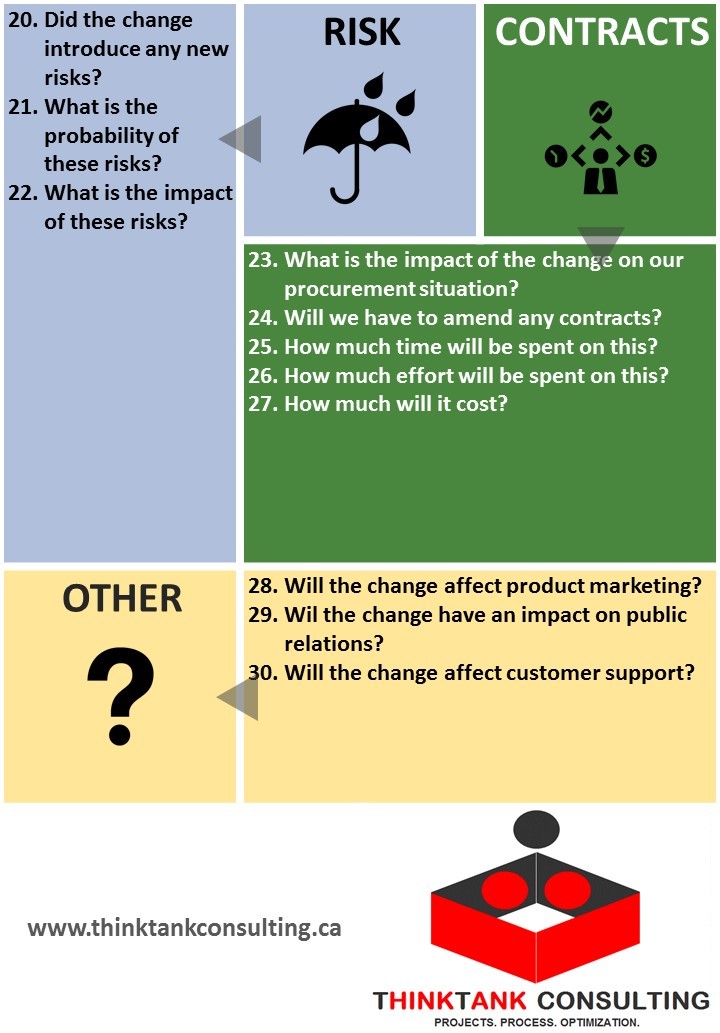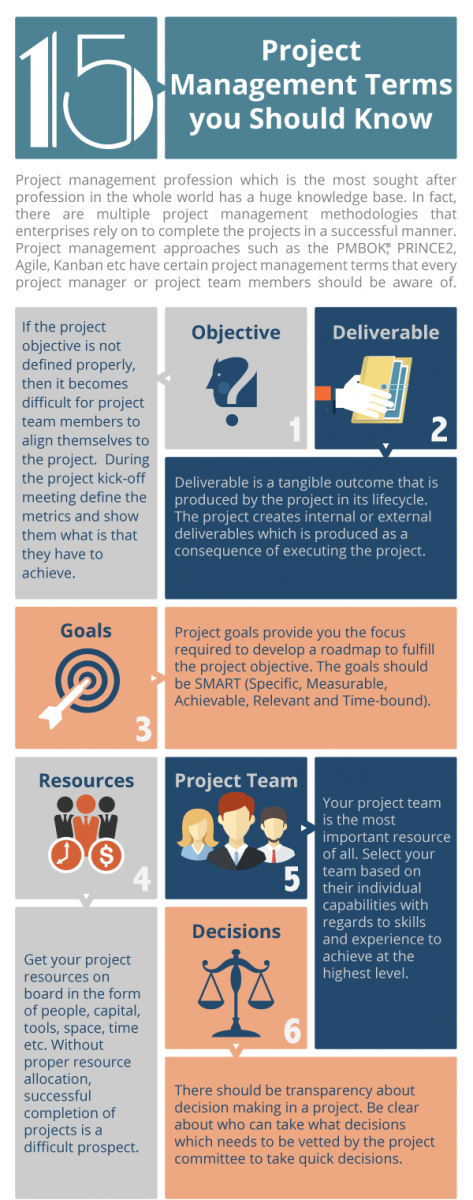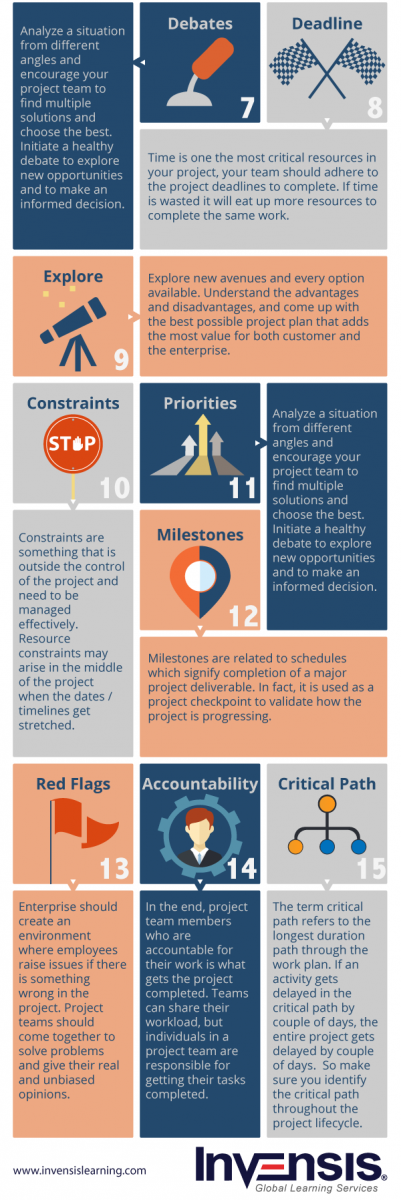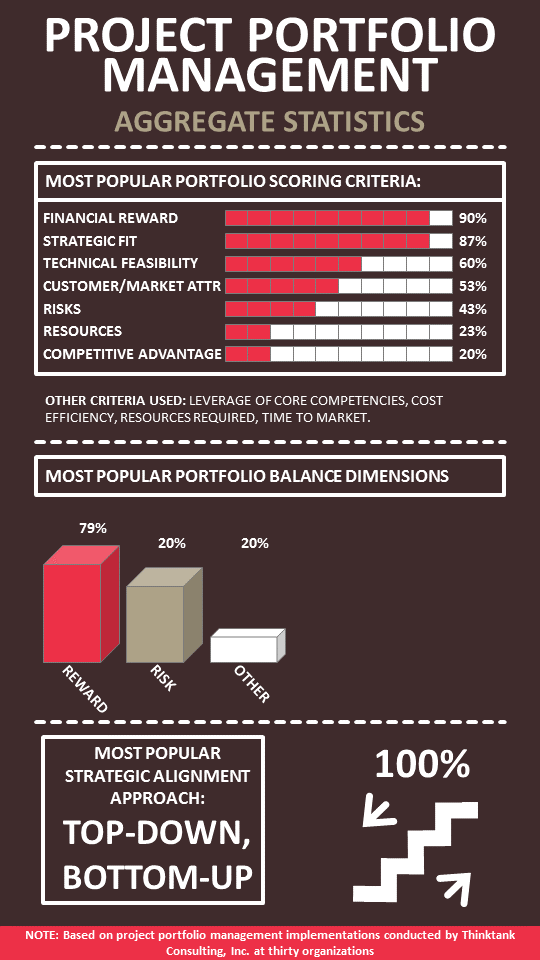Way #1 - We Force Ourselves to Make Estimation Ranges Narrower
Ask anyone to estimate something. Anything, really. For example, ask them what is the distance between New York and Paris (5,839 km or 3,628 miles), and request that they provide you with a range that they are 90% confident in. Rather than saying, “Well, If you need a 90% confidence, then I would go with something like 5,000 km and 15,000 km”, they will provide you instead with very narrow ranges (say, 6,000 – 6,500 km) that are very close to the actual number but yet miss the target. As a result, “90% confident” usually translates to “20-40% confident”.
Way #2 - We Suffer from the Optimism Bias
Humans constantly underestimate the complexity of the tasks assigned to them and chronically overestimate their ability to accomplish the said tasks (read more about this topic here and here).
Way #3 - We Fail to See the Connection Between Estimates and Probabilities
We have a very hard time understanding that as soon as someone asked us to estimate the duration of the project, we – whether we like it or not – have entered the realm of probabilities. Some of the questions that will affect the answer to the request above are:
- Will the customer want Feature X?
- Will the customer want the “Honda Civic” or “Ferrari” version of Feature X?
- If you implement the “Honda Civic” version of Feature X, will the customer later change his mind and demand the “Ferrari” version after all?
- How will Feature X be designed?
- How long will it take to debug and correct mistakes made in implementing Feature X?
Way #4 - We Tend to Think of Projects as One-Dimensional Entities
We tend to focus on just one dimension of the project. Usually it is either the time or money, e.g. “can you finish by next Friday?” or “my budget is capped at $10,000”.
What we neglect to see that every project has (at least) five dimensions:












